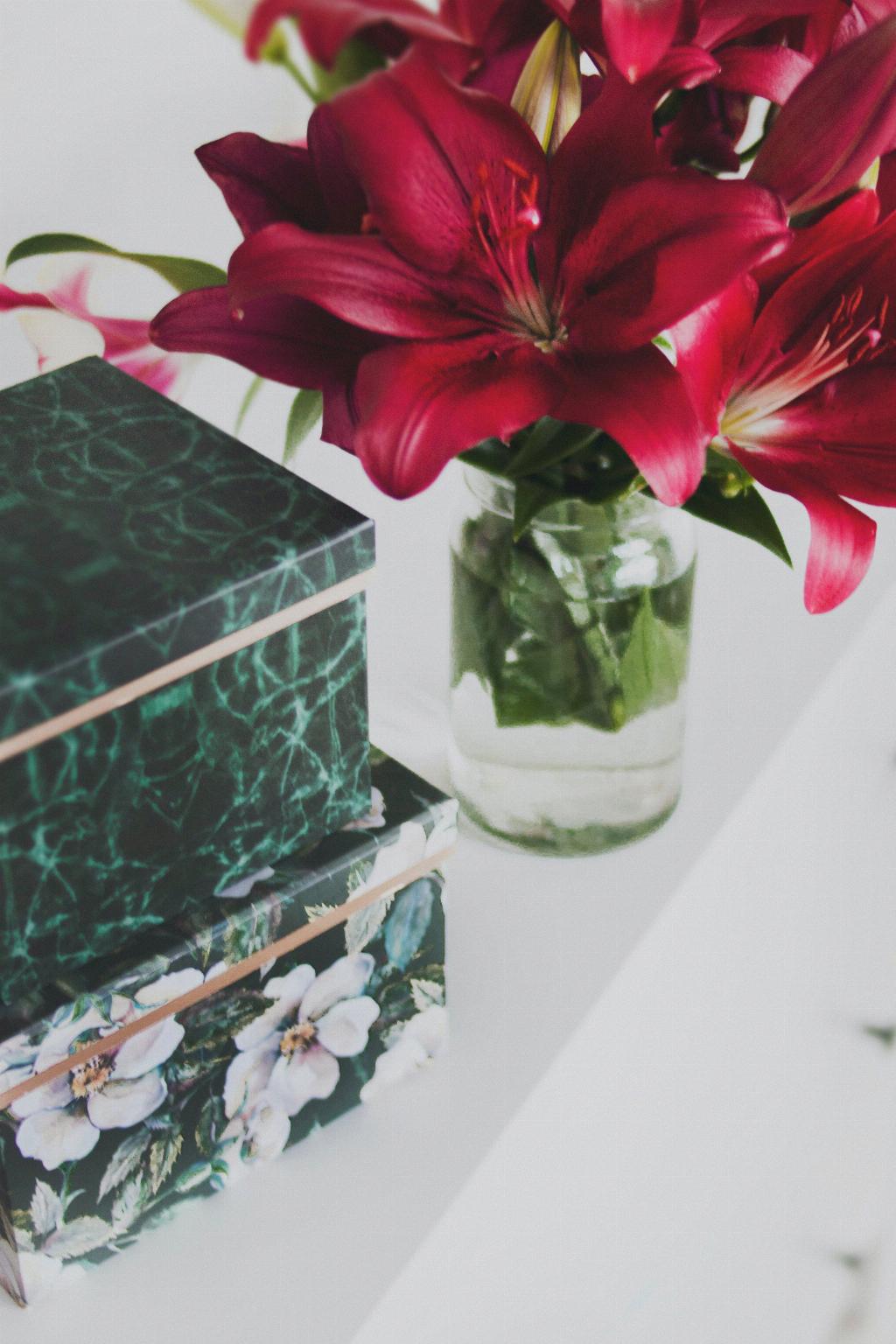Peace lilies, with their elegant white blooms and lush green leaves, are a popular choice for indoor plants. One common question that arises when caring for these beauties is whether they like to be root bound. Let’s delve into the fascinating world of peace lily roots to uncover the answer.
The Natural Tendency of Peace Lily Roots
Peace lilies, botanically known as Spathiphyllum, exhibit a unique characteristic when it comes to their roots. These plants actually thrive when slightly root bound, meaning that they prefer a slightly cramped environment. This can come as a surprise to many plant enthusiasts, as other plants may suffer when their roots are confined.
Signs Your Peace Lily May Be Ready for Repotting
Despite their preference for being slightly root bound, peace lilies will eventually outgrow their containers. One telltale sign that your plant may be ready for a larger pot is if it starts to wilt more frequently. This could indicate that the roots have taken up a significant portion of the pot, leaving little room for proper water absorption.
The Balance of Root Bound and Repotting
It’s a delicate balance when it comes to the root health of your peace lily. While they do enjoy being a bit root bound, it’s essential to monitor your plant and provide it with the necessary space when needed. Generally, repotting every 1-2 years is a good practice to ensure your peace lily continues to thrive.
Choosing the Right Pot Size
When it does come time to repot your peace lily, selecting the correct pot size is crucial. Opt for a container that is 1-2 inches larger in diameter than the current pot to allow for some root expansion without overwhelming the plant. Ensure the new pot has adequate drainage holes to prevent waterlogged roots.
Repotting Technique for Peace Lilies
When it’s time to repot your peace lily, gently remove the plant from its current container, being careful not to damage the roots. Shake off excess soil and place the plant in the new pot, adding fresh potting mix around the edges. Water the plant thoroughly after repotting to help it acclimate to its new surroundings.
The Importance of Soil Quality
Choosing the right potting mix is essential for the health of your peace lily. Opt for a well-draining mix that retains some moisture but doesn’t become waterlogged. A combination of peat moss, perlite, and bark or coconut coir is ideal for peace lilies, providing the right balance of aeration and moisture retention.
Caring for Peace Lily Roots
While peace lilies do enjoy being slightly root bound, it’s important to provide them with regular care to ensure their roots remain healthy. Keep an eye on watering, ensuring the soil is evenly moist but not soggy. Trim any dead or yellowing leaves to promote new growth and maintain overall plant health.
Benefits of a Healthy Root System
A well-maintained root system is essential for the overall health and vitality of your peace lily. Healthy roots enable the plant to efficiently uptake nutrients and water, leading to robust growth and vibrant blooms. By paying attention to your plant’s roots, you can ensure it thrives for years to come.

Conclusion: Finding the Balance for Your Peace Lily
In conclusion, while peace lilies do appreciate being slightly root bound, it’s crucial to strike a balance between confinement and repotting when caring for these plants. Monitor your peace lily for signs of root congestion and provide it with the space it needs to flourish. By understanding the unique preferences of peace lily roots, you can enjoy a thriving and beautiful plant in your home.
